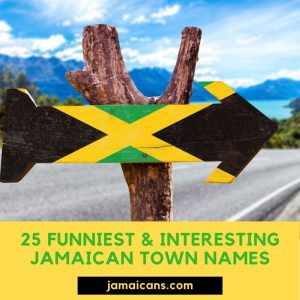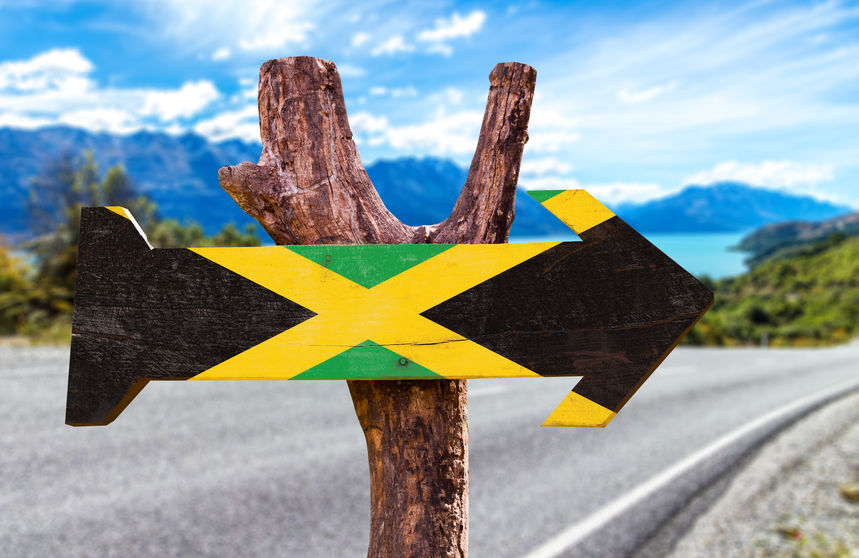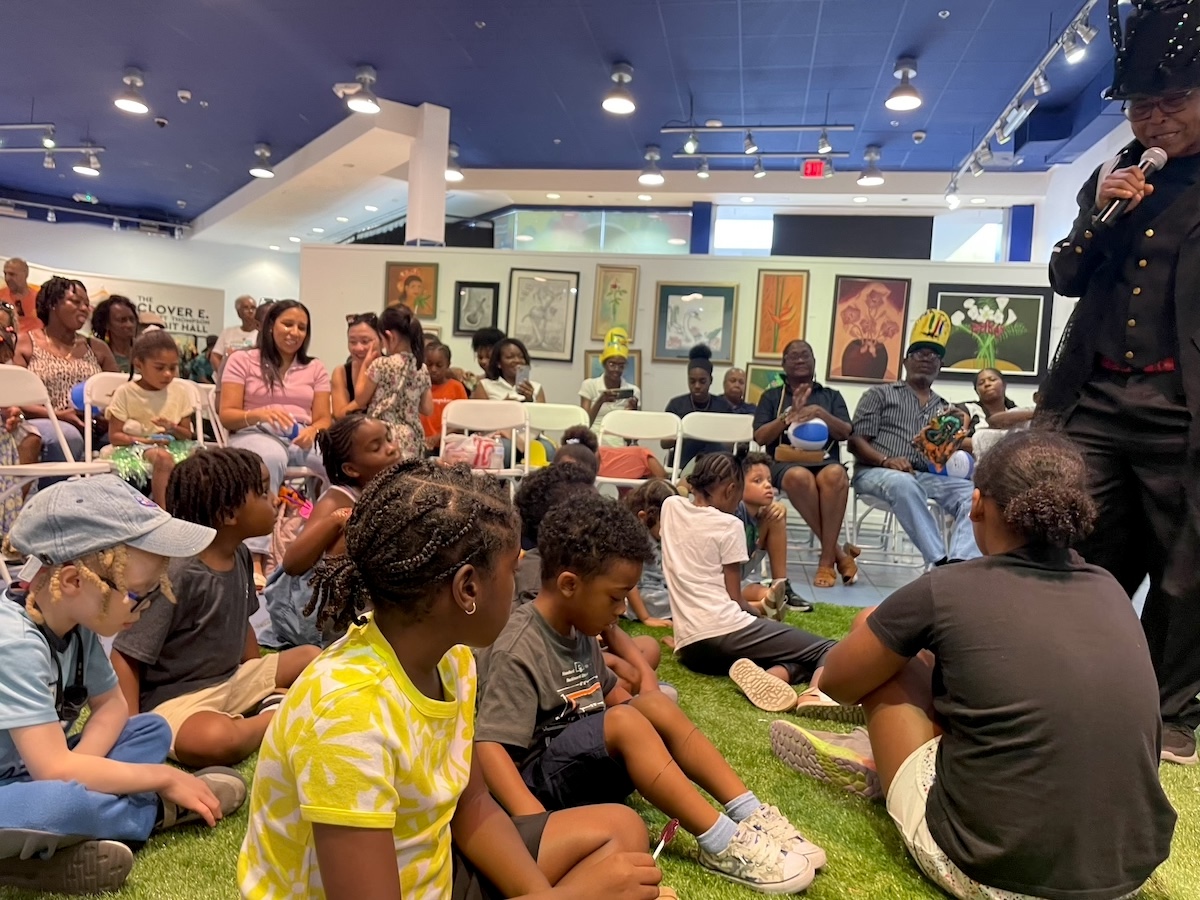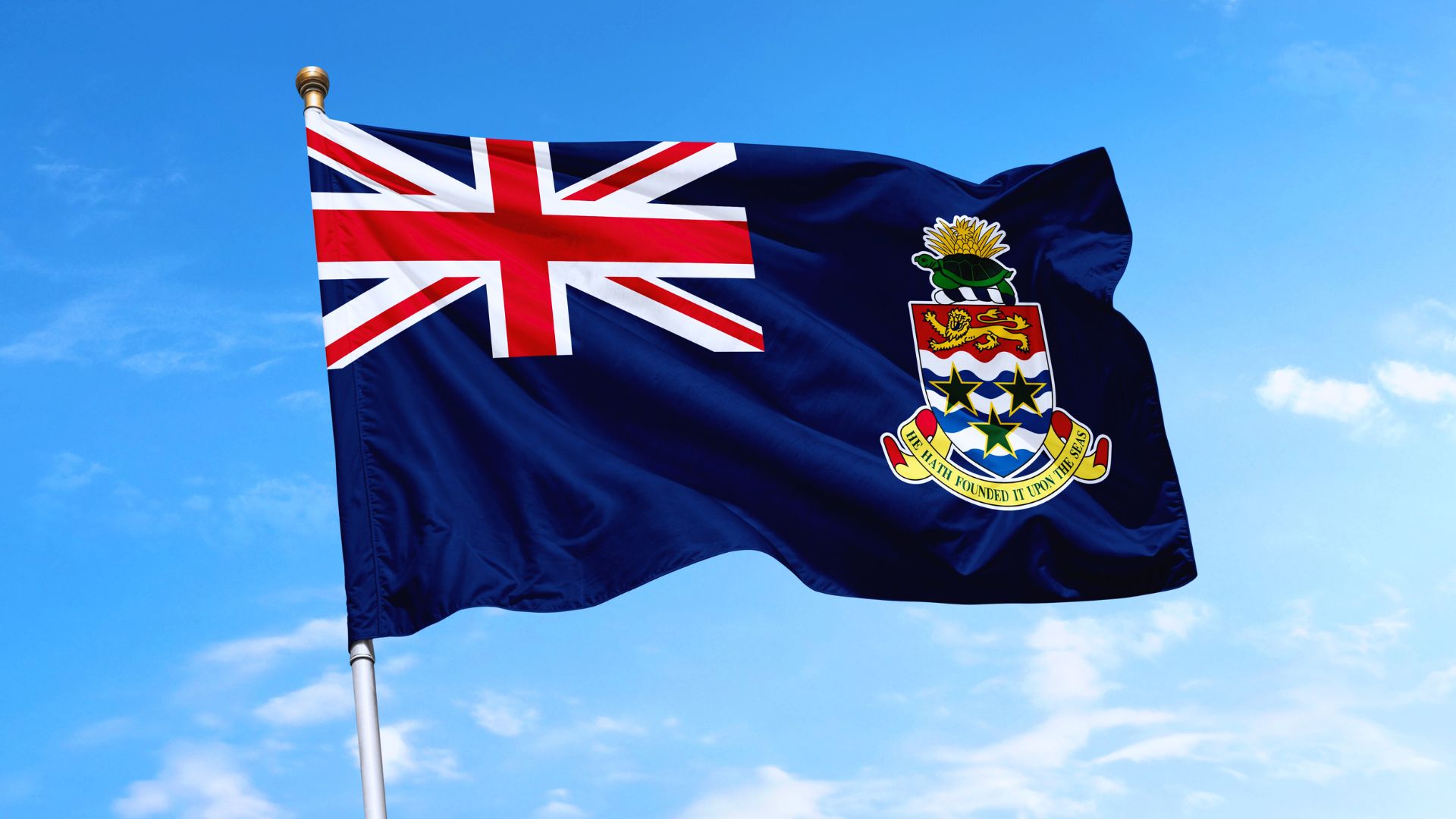Jamaican towns and villages have rather intriguing names that most often reflect the history or character of the island. Let us take a look at some funny & interesting town names on the island.
- I-No-Call-Yu-Noh-Come – located in the Cockpit country of St. Elizabeth, this town was inhabited by maroons who did not have a positive attitude towards unexpected visitors. If they did not sanction someone’s entrance, he was led through the most tortuous routes in the hope that this would lessen his curiosity.
- “Putogether Corner”, near Mandeville, is the spot where market women would stop to put their goods and their clothes in order before proceeding to town.
- Tulloch, in St. James, originally Tulloch Castle, was named after John Tulloch of Ross, Scotland, who owned the village from 1769 to 1837.
- Tan an’ See in Trelawny gives a spectacular view of the land and like the name suggest you just literally have to stand and see the beauty before you
- Devil Racecourse- a stretch of smooth, winding road between Spanish Town and Ocho Rios, so named because of how motorists use the roadway and the fatality resulting from it.
- Pum-Pum-Rock a natural attraction located along the Bog Walk Gorge in St Catherine, Jamaica (Caribbean) where the rock closely resembles the female genitalia. Pum-pum is the Jamaican term for vagina.
- Gutters is located at the foot of Spur Tree Hill in Manchester (near the border of St. Elizabeth). This town is appropriately named as after heavy rains, water flows through the town from three directions, making it almost impassable.
- August Town – in the hills of St. Andrew, is thought to have been named from the fact that freedom came to the enslaved people of this country on the 1st August, 1838.
- Blenheim in Hanover is the birthplace of the Right Honourable Sir Alexander Bustamante. The name originates from Bavaria, Germany. Blenheim (in Germany) was a site of a great battle, which no doubt led to the use of the name in Jamaica.
- Alligator Pond in Manchester is said to be so named because of the shape of the mountain range, which when viewed from the beach, has bumps which look like an alligator’s back.
- Wait-a-Bit in Trelawny, derives its name form the Wait-a-bit thorn, believed to have been brought to Jamaica by African slaves.
- Corn Puss Gap, St. Thomas – this was so named because hikers who got lost in the hills would catch cats, “corned” and ate them.
- Duppy Gate – in Saint Andrew is said to be haunted by the ghost of an officer who lived at the compound from the days when the West India Regiments occupied the base.
- Porus, a town in Manchester, is said to be named after the Porras brothers who were trapped on the island with Christopher Columbus and has been referred to as Porras.
- Galina Point is found in St. Mary and has its origins in what the Spanish called Gallina Punta.
- Liguanea is located in St. Andrew. It comes from the Spanish predecessor, Hato de Liguane and was also once called Lia- with-guana.
- Lluidas Vale is in the parish of St. Catherine and is derived from what the Spanish words luzida (happy or fine) or lluvias (rains).
- Bog walk is located in the parish of St. Catherine. It is a corruption of what the Spanish called Boca d’agua (water’s mouth).
- Lacovia, the former and also first capital of St. Elizabeth, is derived from the Spanish place name La Caoban.
- Magotty is found in St. Elizabeth. It is believed that it comes from the Spanish word Magote, which means bundle or heap in English.
- Cabaritta Punta is located in the parish of Westmoreland. It is a Spanish place name which is equivalent to kid or goat point in English.
- Vinegar Hill, found in Westmoreland, was once an Irish settlement named in memory of the defeat of the United Irishmen in the 1798 battle of Vinegar Hill, Ireland.
- Oracabessa found in the parish of St. Mary, has its origins in the Spanish word Auracabeza – Aura meaning air or breeze, and Cabeza, head or highland.
- Clydesdale in Portland was owned in the 19th century by Colonel MacClaverty. It is on the River Clyde, that supplied the power for working the huge waterwheel at the coffee estate.
- Accompong is a Maroon settlement in St. Elizabeth. The name is said to be derived from the Ashanti word, Nyamekopon, which means “the lone one, the warrior”.

Photo Source: 123rf






